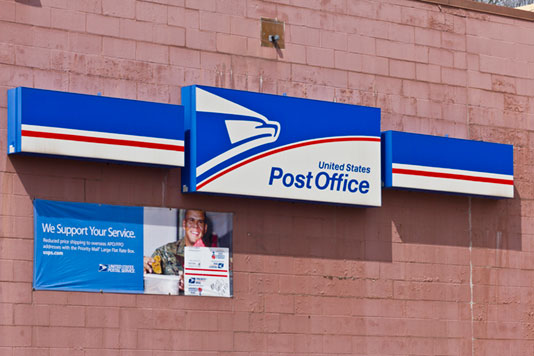With shut downs, shipping delays, and customers sitting at home, there’s never been a better time to keep you name in front of anxious buyers using an e-newsletter.
The COVID-19 epidemic is of unprecedented proportion. Many people have never experienced a work stoppage or for that matter a quarantine. While customers wait for orders that may be delayed due to shipping issues or supply chain problems, email is the best way to soothe worries and keep customers loyal to your business.
Here are some tips to take to heart with how to communicate with customers during these unusual times.
1. Be honest of what is going on with your business. If there are delays due to supply chain issues – share the challenges in a positive manner.
2. Accept and acknowledge the uncertainty of the situation. Be real, people truly want to connect with you during this crisis.
3. Express gratitude and appreciation for orders and for those that will wait to receive their goods due to unforeseen delays.
4. Keep a regular connection with your client-base. Specifically, contact during this uncertain period should be several times a week or once or twice a month.
If you need help setting up an e-newsletter we have expert providers that are ready to set up an account at iContact for you, load your list, and even customize our own mobile-friendly reusable HTML e-newsletter template. Just let us know and we will put you in contact with one of our experts or get you started fast.
For Medallion Fulfillment & Logistics clients, our provider has created a special mobile-friendly template for newsletters that can be updated with your logo and content. Ask us for more information about this concierge-level e-newsletter program including setup, implementation, content creation, and scheduling. Pricing is customized based on your need.
http://medallionenterprises.com/newsletters/medallion-sample-template.html
For do-it-yourselfers, an iContact account provides access to easy to use templates. You can enter in your own e-newsletter information and set up your own e-newsletter issues to send on your own schedule.
Our team or our experts can work with you directly to assist with your needs. Just give us a call and let us know that you would like to reach out to your clients by email – fast!





